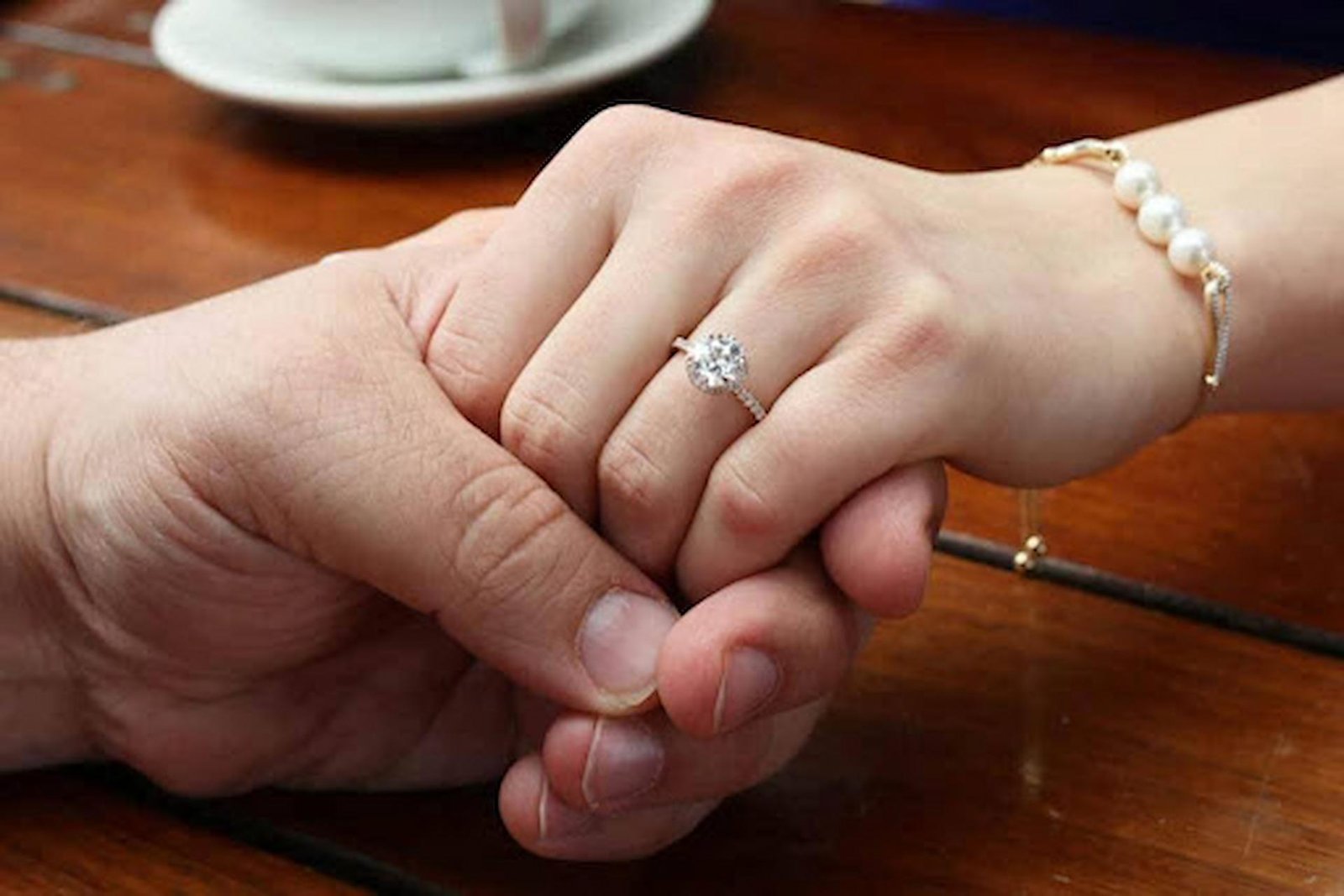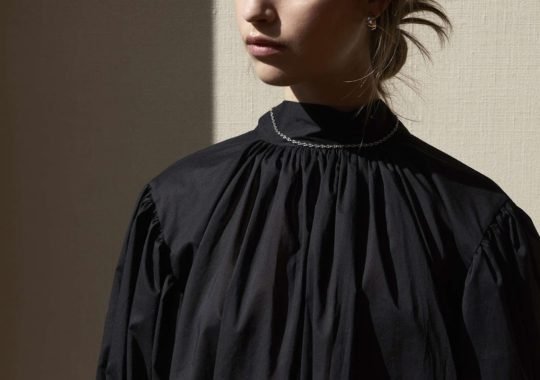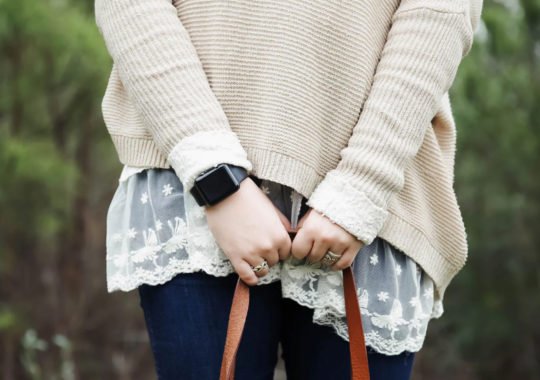Buying loose diamonds for custom jewellery is exciting, but it can feel overwhelming if you don’t know what to look for. From understanding the 4Cs to choosing the right setting, each step plays a role in creating a piece that reflects your story. With guidance from experts and careful selection, you can ensure that your investment is both stunning and valuable. Here’s what you need to know before making your choice.
Creating custom jewellery starts with a single choice – the diamond. Unlike ready-made pieces, buying loose diamonds gives you complete control over quality, size, and design. However, this freedom can also bring uncertainty if you are not familiar with the details that matter most.
Many first-time buyers visit Hatton Garden Jewellers, where expertise and trusted reputation guide them through the process. Whether you are planning an engagement ring or a bespoke gift, the right knowledge will help you make an informed and confident decision.
Understanding the 4Cs of Diamonds
The 4Cs – cut, colour, clarity, and carat – form the foundation of diamond selection.
- Cut: More than shape, cut determines how a diamond reflects light. A well-cut stone sparkles brilliantly, while a poorly cut one may look dull.
- Colour: Diamonds range from colourless to tinted. The less colour present, the higher the value.
- Clarity: This measures imperfections, also known as inclusions. The fewer flaws, the clearer and more valuable the diamond.
- Carat: Carat weight refers to size. Larger diamonds are rarer, but balance is key – sometimes a smaller, better-cut diamond outshines a heavier stone.
Knowing these basics allows you to compare diamonds fairly and prioritise what matters most for your jewellery.
Certification and Trust
When buying loose diamonds, certification is essential. Reputable labs such as the GIA (Gemological Institute of America) or IGI (International Gemological Institute) provide reports verifying the diamond’s qualities. Always ask for this paperwork.
Without certification, you risk overpaying or buying a stone of lower quality than advertised. Established Hatton Garden Jewellers, particularly those in areas known for diamond trading, make certification standard practice.
Choosing Shape and Style
The shape of a diamond affects both aesthetics and price. Round brilliant cuts are the most popular due to their sparkle, but they often cost more than fancy shapes like princess, emerald, or oval.
When creating custom jewellery, consider the wearer’s lifestyle. Sleek shapes such as ovals and cushions offer elegance, while princess cuts have a modern, bold look. Each shape complements different settings, so your choice should match the design vision.
Why Loose Diamonds Are Better for Custom Designs
Buying a loose diamond gives you flexibility. Instead of being tied to a pre-set ring or necklace, you can pair the stone with a setting that reflects personal style. It also lets you inspect the diamond thoroughly, ensuring you know exactly what you are paying for.
Jewellers specialising in bespoke pieces often recommend starting with the diamond, then designing the setting around it. This ensures balance, proportion, and harmony in the final piece.
Setting and Metal Choices
The setting frames your diamond. Popular options include:
- Prong setting – Classic, allows maximum light and sparkle.
- Bezel setting – Sleek, modern, and protective.
- Halo setting – Adds extra brilliance with smaller surrounding stones.
Your choice of metal also matters. Platinum offers strength and durability, while gold comes in yellow, white, or rose tones. Pairing the right setting and metal enhances both beauty and longevity.
Budgeting and Value
It’s easy to get carried away when buying diamonds. Setting a budget beforehand helps narrow choices without compromising on quality.
Focus on balance: instead of aiming for the biggest carat size, consider how cut and clarity affect sparkle. Lowering colour or clarity slightly makes the diamond more affordable without sacrificing beauty.
Working with a trusted jeweller ensures transparency in pricing and helps you find the best value within your budget.
Working With a Trusted Jeweller
A good jeweller is not just a seller but a guide. They explain options, provide comparisons, and help you visualise the final design.
When visiting diamond hubs like Hatton Garden, look for jewellers with long-standing reputations, excellent customer service, and positive reviews. Personalised attention can make the buying process smoother and more enjoyable.
Common Mistakes to Avoid
- Skipping certification – Never buy without a trusted lab report.
- Focusing only on carat size – Bigger is not always better.
- Overlooking cut quality – A poor cut reduces brilliance.
- Ignoring lifestyle – Choose a setting that suits daily wear.
Avoiding these mistakes ensures your diamond remains both beautiful and practical for years to come.
Final Thoughts
Buying loose diamonds for custom jewellery is more than a purchase – it’s an investment in beauty, memory, and meaning. By learning the basics, asking the right questions, and trusting experienced jewellers, you can create a piece that tells a unique story.
With careful selection and expert guidance, your diamond will not just shine in a setting – it will shine as a timeless symbol of love, style, and individuality.





